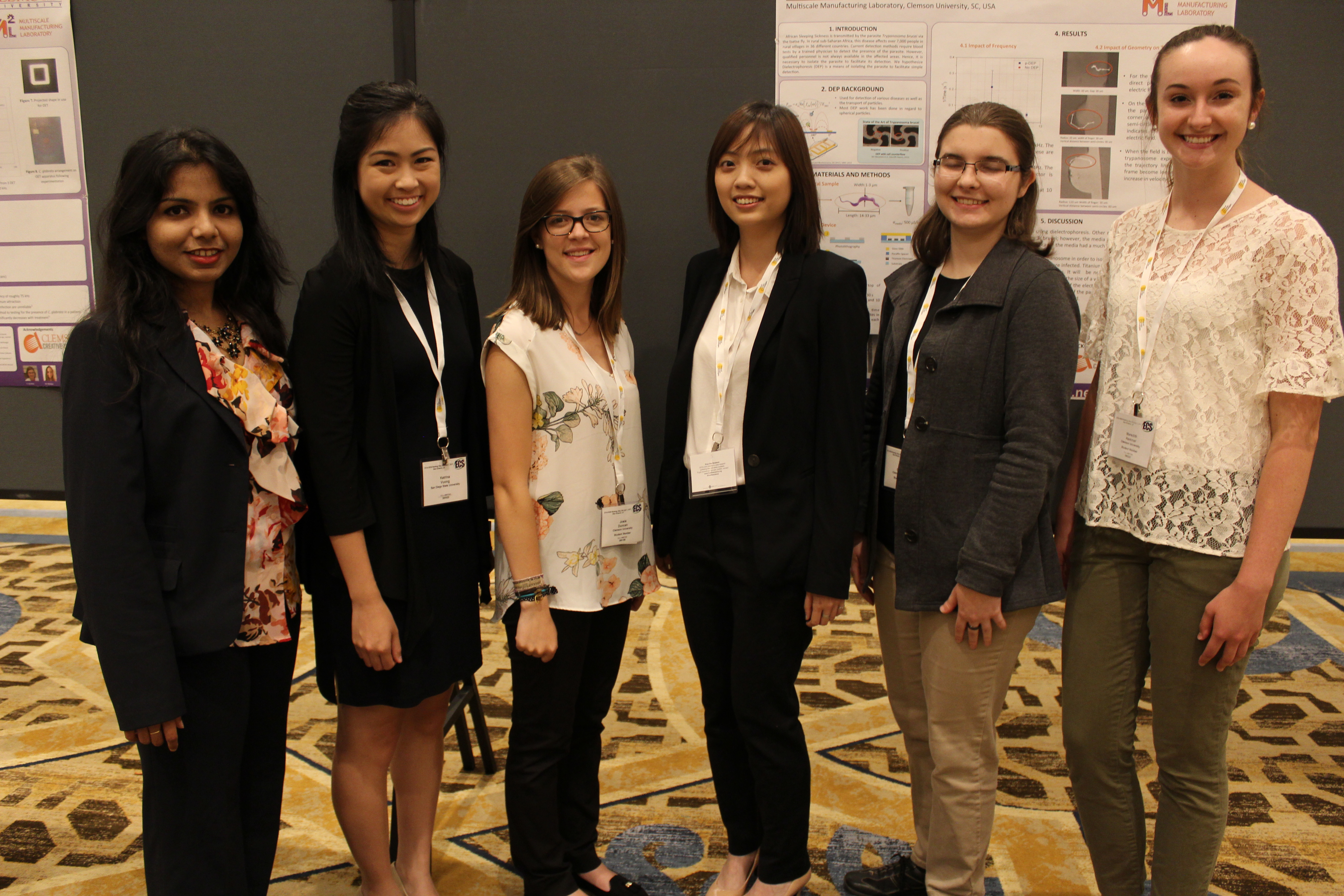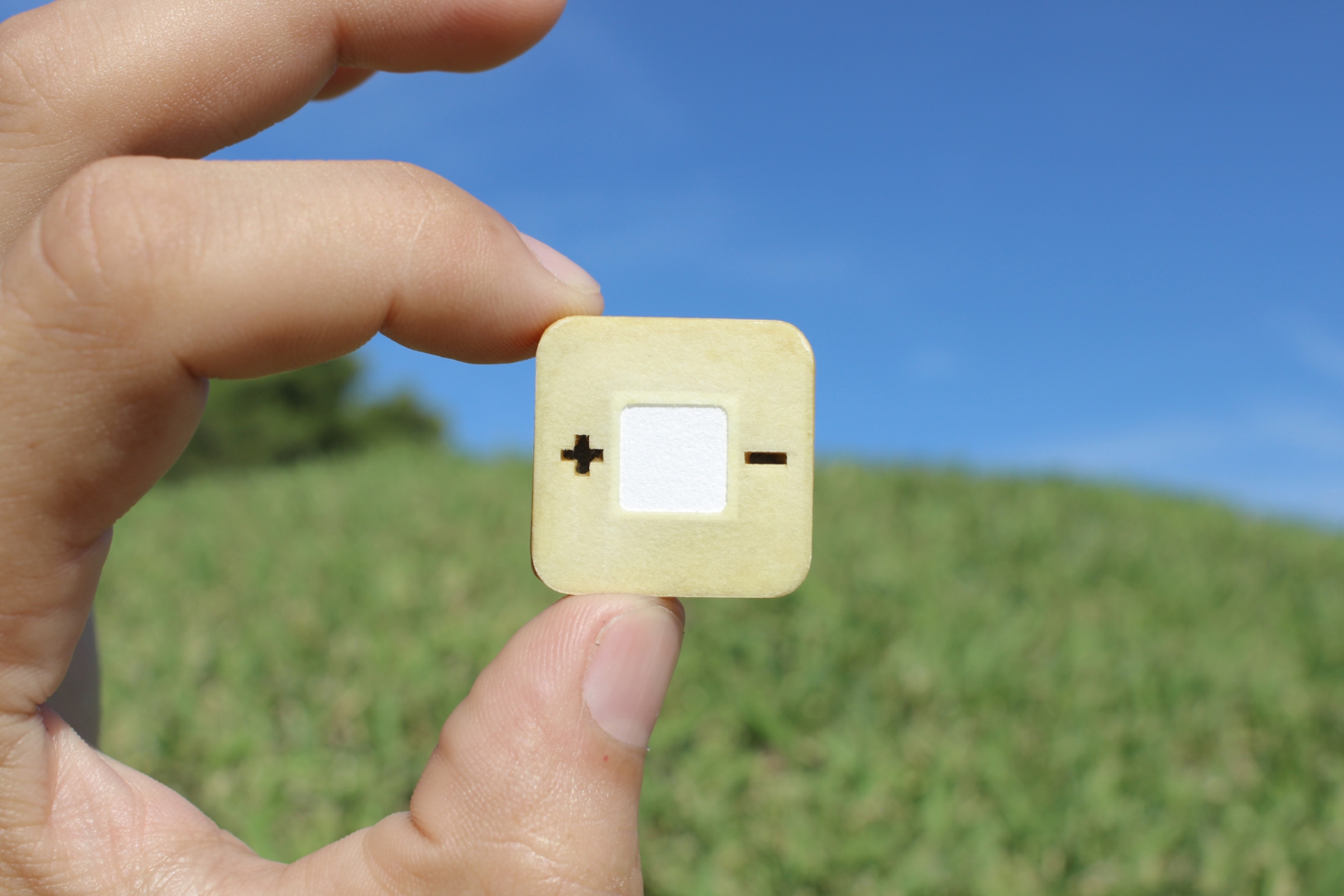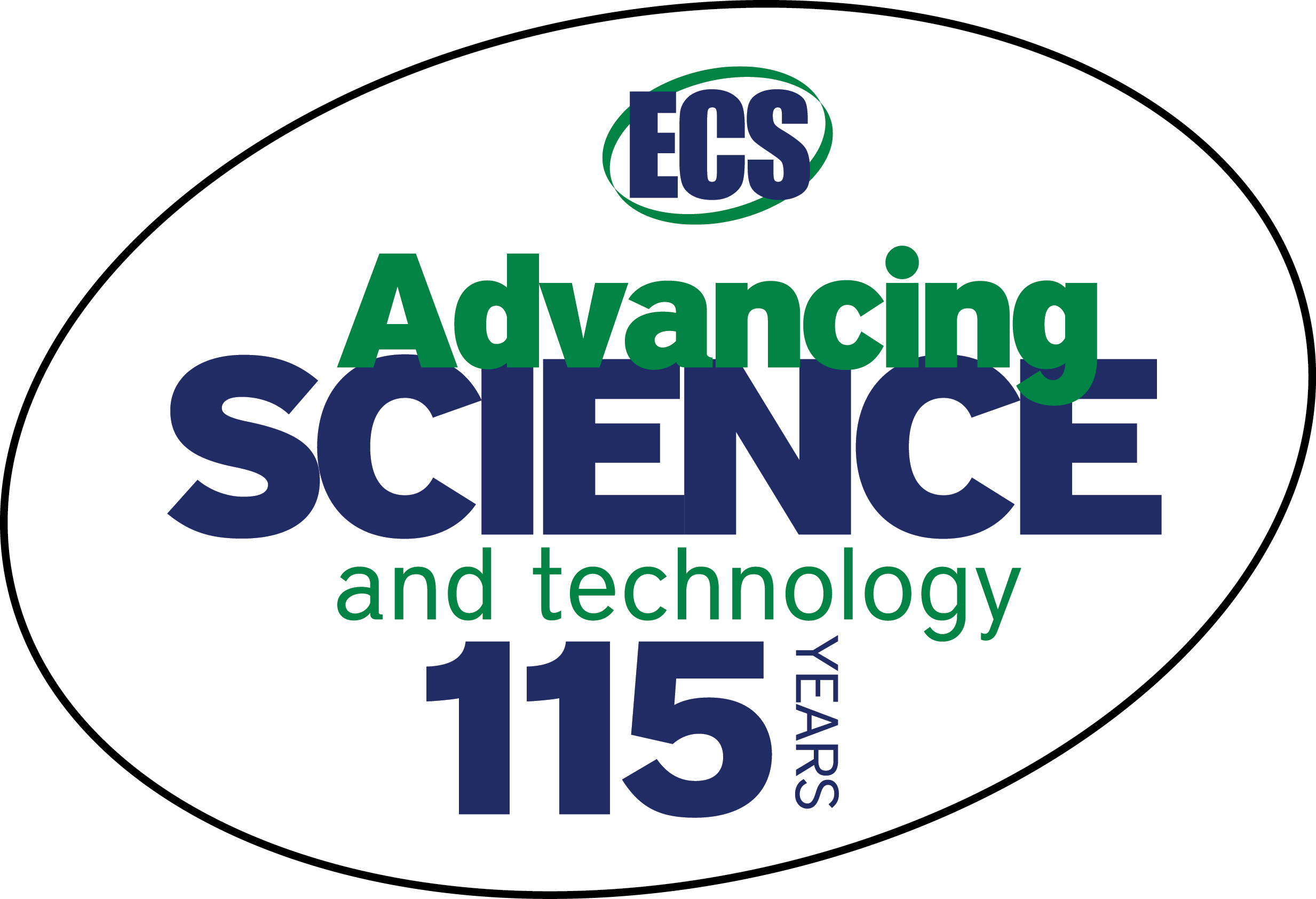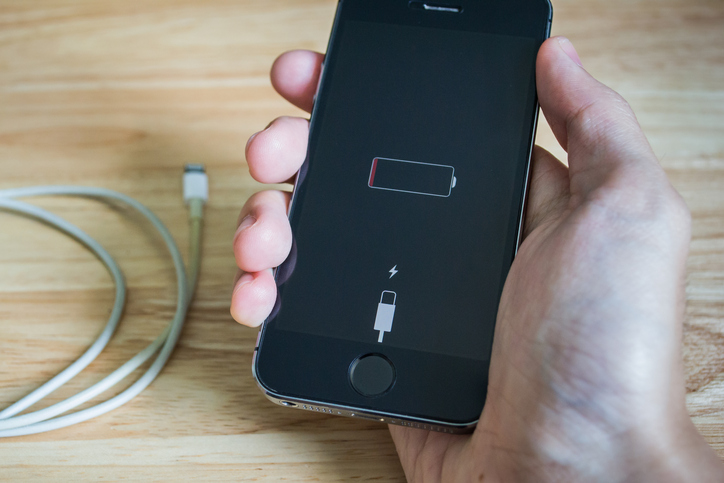
General Student Poster Session winners (L-R):1st place, Sanjana Das and Stephanie Silic (not pictured) from University of Nevada, Las Vegas. 2nd place, Katrina Vuong and Laurie Clare (not pictured) from San Diego State University. Two 3rd place winners. Josie Duncan and Mary Heustess (not picture) from Clemson University and Phuong Tu Mai from Osaka Prefecture University. Honorable mention, Emily Gullette, Natalie Handson (not pictured), Emily Klutz (not pictured), and Meredith Hammer from Clemson.
(Click to enlarge)
It is with great pride that ECS honors the winners of the General Student Poster Session Awards for the 231st ECS Meeting in New Orleans, LA.
ECS established the General Student Poster Session Awards in 1993 to acknowledge the eminence of its students’ work. The winners exhibit a profound understanding of their research topic and its relation to fields of interest to ECS.
In order to be eligible for the General Student Poster Session Awards, students must submit their abstracts to the Z01 General Society Student Poster Session symposium and present their posters at the biannual meeting. First and second place winners receive a certificate in addition to a cash award.
The winners of the General Student Poster Session Awards for the 231st ECS Meeting are as follows:
1st Place
Name: Sanjana Das and Stephanie Silic
Institution: University of Nevada, Las Vegas
Poster Number: 2015
Poster Title: Nanotechnology for Water-Less Cleaning of Solar Panels
2nd Place
Name: Katrina Vuong and Laurie Clare
Institution: San Diego State University
Poster Number: 2021
Poster Title: Effect of Added Bases on the Redox-Responsive Dimerization of a 4 H-Bond Array Containing a Phenylenediamine Redox Couple



 In its first “
In its first “ Using high pressure, scientists have created the first high-entropy metal alloy made of common metals to have a hexagonal close-packed (HCP) atomic structure.
Using high pressure, scientists have created the first high-entropy metal alloy made of common metals to have a hexagonal close-packed (HCP) atomic structure. In 2016,
In 2016,  What is “open science”?
What is “open science”? As we are getting ready to go to the
As we are getting ready to go to the  The U.S. Department of Energy spends
The U.S. Department of Energy spends  Over one million scientists and science advocates around the world took to the streets on April 22 to celebrate science and bring attention to the role it plays in improving lives, solving problems, and informing evidence-based policy.
Over one million scientists and science advocates around the world took to the streets on April 22 to celebrate science and bring attention to the role it plays in improving lives, solving problems, and informing evidence-based policy. The
The